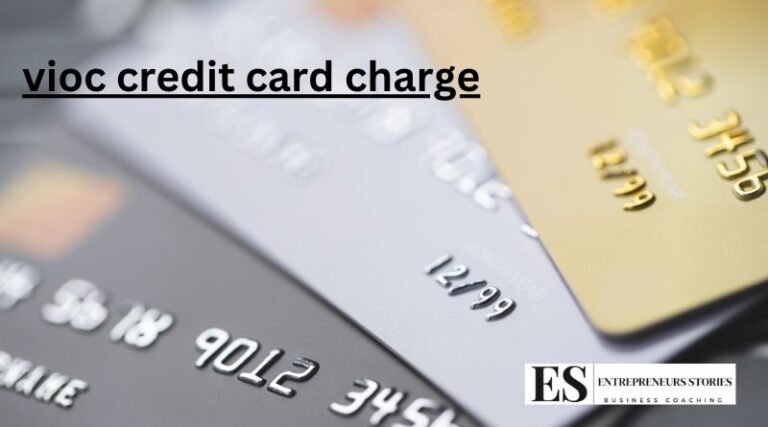When you see a charge on your credit card statement for “VIOC,” you might be wondering what it means and why it’s appearing. VIOC stands for Valvoline Instant Oil Change, a popular provider of quick oil change and other vehicle maintenance services. In this article, we’ll explore what a VIOC credit card charge entails, the services offered by Valvoline Instant Oil Change, and how to handle any issues or disputes related to these charges.
What is Valvoline Instant Oil Change?
Valvoline Instant Oil Change (VIOC) is a well-known chain specializing in providing fast and convenient oil change services. Established in 1986, VIOC has built a reputation for its quick service and customer satisfaction. Their service centers are strategically located to make it easy for drivers to get essential vehicle maintenance without having to schedule an appointment or wait for extended periods.
Common Services at VIOC
At a Valvoline Instant Oil Change center, customers can expect a range of services beyond just an oil change. These services typically include:
- Oil Changes: This is the primary service, including various types of oil such as conventional, synthetic, and high-mileage.
- Fluid Checks and Replacements: VIOC checks and refills other essential fluids such as transmission fluid, brake fluid, and windshield washer fluid.
- Air Filter Replacement: Regular replacement of air filters helps improve engine performance and fuel efficiency.
- Tire Services: This includes tire rotations and checks to ensure optimal vehicle safety.
- Battery Services: Testing and replacement of vehicle batteries are also available.
Understanding Your Credit Card Charge from VIOC
If you notice a charge on your credit card statement labeled “VIOC,” it generally indicates a transaction at one of their service centers. The amount charged reflects the services rendered. Here’s how to interpret and manage this charge:
- Verify the Amount: Check the receipt you received at the time of service to confirm that the charged amount matches. Discrepancies might occur, and verifying can help resolve any potential issues quickly.
- Check the Date: Ensure that the date of the charge corresponds with when you had services performed. If the date is significantly different, it could indicate a processing error.
- Identify the Location: The charge should reflect the specific VIOC location where the service was provided. If you don’t recognize the location, it might be worth investigating further.
What to Do If You Dispute a VIOC Credit Card Charge
In cases where you find an unfamiliar or incorrect charge from VIOC, follow these steps to address the issue:
- Contact VIOC Customer Service: Reach out to the VIOC location where the charge originated. Provide them with the details of the transaction, including the date and amount, to help them investigate the charge.
- Review Your Service Records: Check any service records or receipts you have for the transaction. This can help clarify whether the charge was legitimate and whether any discrepancies can be resolved directly with VIOC.
- Dispute the Charge with Your Credit Card Issuer: If you are unable to resolve the issue directly with VIOC, contact your credit card issuer. Provide them with all relevant information and documentation related to the charge. Credit card companies often have procedures for handling disputes and can assist in reversing incorrect charges if necessary.
Preventing Future Issues with Credit Card Charges
To avoid potential issues with credit card charges from service providers like VIOC, consider these tips:
- Keep Receipts: Always ask for and keep receipts for services rendered. This documentation can be invaluable in resolving disputes.
- Monitor Your Statements: Regularly review your credit card statements for any unfamiliar or unauthorized charges.
- Use Credit Card Alerts: Many credit card companies offer alert services that notify you of transactions in real-time. Enabling these alerts can help you spot issues quickly.
Conclusion
A charge labeled “VIOC” on your credit card statement typically signifies a transaction with Valvoline Instant Oil Change. Understanding what services they provide and how to handle any discrepancies can ensure that you manage your finances effectively. If you encounter any issues with a VIOC charge, promptly addressing them with both the service provider and your credit card issuer can help resolve any problems efficiently. By staying vigilant and informed, you can maintain better control over your financial transactions and avoid potential misunderstandings.
Read also: check

